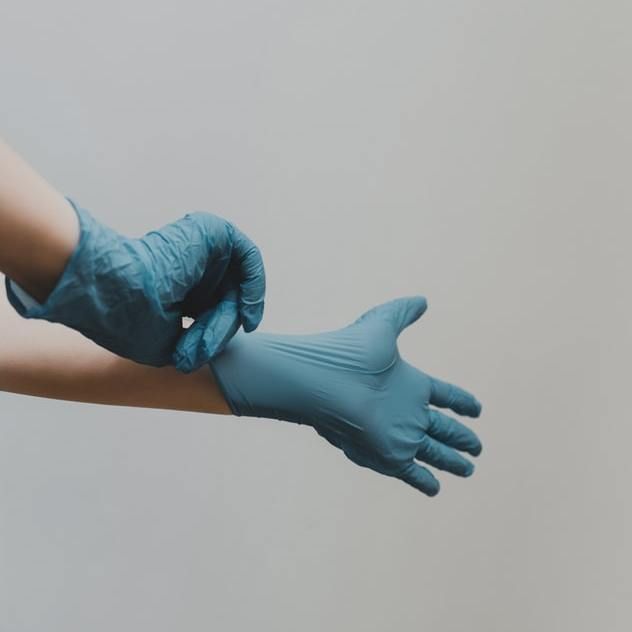Article
PRP Injections Plus Phototherapy May Be Effective for Atopic Dermatitis
Author(s):
Adding platelet-rich plasma to narrowband–ultraviolet B is likely a safe, effective, and efficient means of treating atopic dermatitis.

Platelet-rich plasma (PRP) injections added to narrowband–ultraviolet B (NB-UVB) phototherapy can be a promising and economical means for treating atopic dermatitis.
Investigators from Egypt noted that the intradermal injection was effective in reducing the NB-UVB therapeutic period.
Although NB-UVB alone shows high efficacy and safety, the long-term treatment period, and the office-based setting of treatment, has potential to jeopardize compliance.
As such, the team performed a left-right comparative randomized-controlled study of 44 patients with moderate to severe atopic dermatitis. All patients were enrolled in the Outpatient Clinic of Dermatology and Venereology Department at Zagazig University.
Patient had symmetrical lesions and had failed to respond rapidly or well to conventional therapies. The investigators excluded pregnant or lactating women as well as patients under 6 years of age.
The Study
All participants received NB-UVB phototherapy on the left side of the body and NB-UVB plus PRP on the right side.
NB-UVB was administered twice every week for up to 12 weeks. Starting dose was 0.33 J/cm2 and increased by 20% each session until they reached the minimum erythema dosage.
PRP, made according to a separating technique as detailed by the investigators, was injected at 0.1 cm3 at each point spaced out at 3 cm among the different injecting points. The procedure was repeated every 3 weeks for up to 3 months. Patients were then followed-up 3 months after the final session.
The primary efficacy endpoint was thus change from baseline in Eczema Area and Severity Index (EASI). Reductions in Investigator’s Global Assessment (IGA) scores and visual analogue scale (VAS) for pruritus were also assessed.
The team followed-up on patients at month 6 after termination of treatment.
The Results
The majority of the population was male (63.6%), and baseline EASI index was 75.64 for males and 67.50 for females.
“Throughout the trial, both sides’ EASI scores decreased, showing a gradual decline in skin lesions,” the investigators reported.
The NB-UVB plus PRP side saw a greater reduction in EASI scores compared with the NB-UVB only side at both week 4 and week 12.
Overall, EASI scores decreased from 46.4 to 2.4 for the combined therapy side and from 44.4 to 6.2 for the phototherapy-only side. At week 12, a statistically significantly higher proportion of PRP-treated sides (74.46%) achieved EASI reduction than the NB-UVB sides (65.23%).
Further, at week 12, 98.8% of the PRP sides achieved EASI-50 and 52.5% achieved EASI-75—compared with 88.9% and 21.2%, respectively for the NB-UVB sides.
The team also noted that patients only needed an average of 16.40 sessions to reach lesion clearance in the PRP side versus 23.33 in the NB-UVB side (P<.05).
The mean cumulative doses for clearance on the PRP and NB-UVB only sides were 1839.533 mJ/cm2 and 4010.267 mJ/cm2, respectively.
Overall, there were no complications noted for 20 patients (54.6%). However, 22 patients experienced adverse events, such as pain (50%) and ecchymosis (13.6%).
“Our results showed significant superiority of the combined PRP side in comparison to the control side in the entire EASI reduction,” the investigators wrote. They indicated that reductions in IGA and pruritis scores were also consistent with these observed trends.
Although the mechanism of actions for PRP is still not fully understood, they nonetheless recommended the combination with NB-UVB to ensure maximal treamtment effects.
The study, “Possible clinical efficacy and tolerability of platelet rich plasma in the treatment of patients with Atopic Dermatitis,” was published online in Journal of Cosmetic Dermatology.





